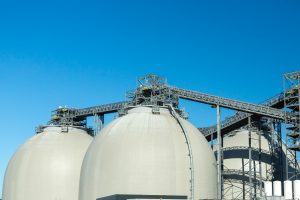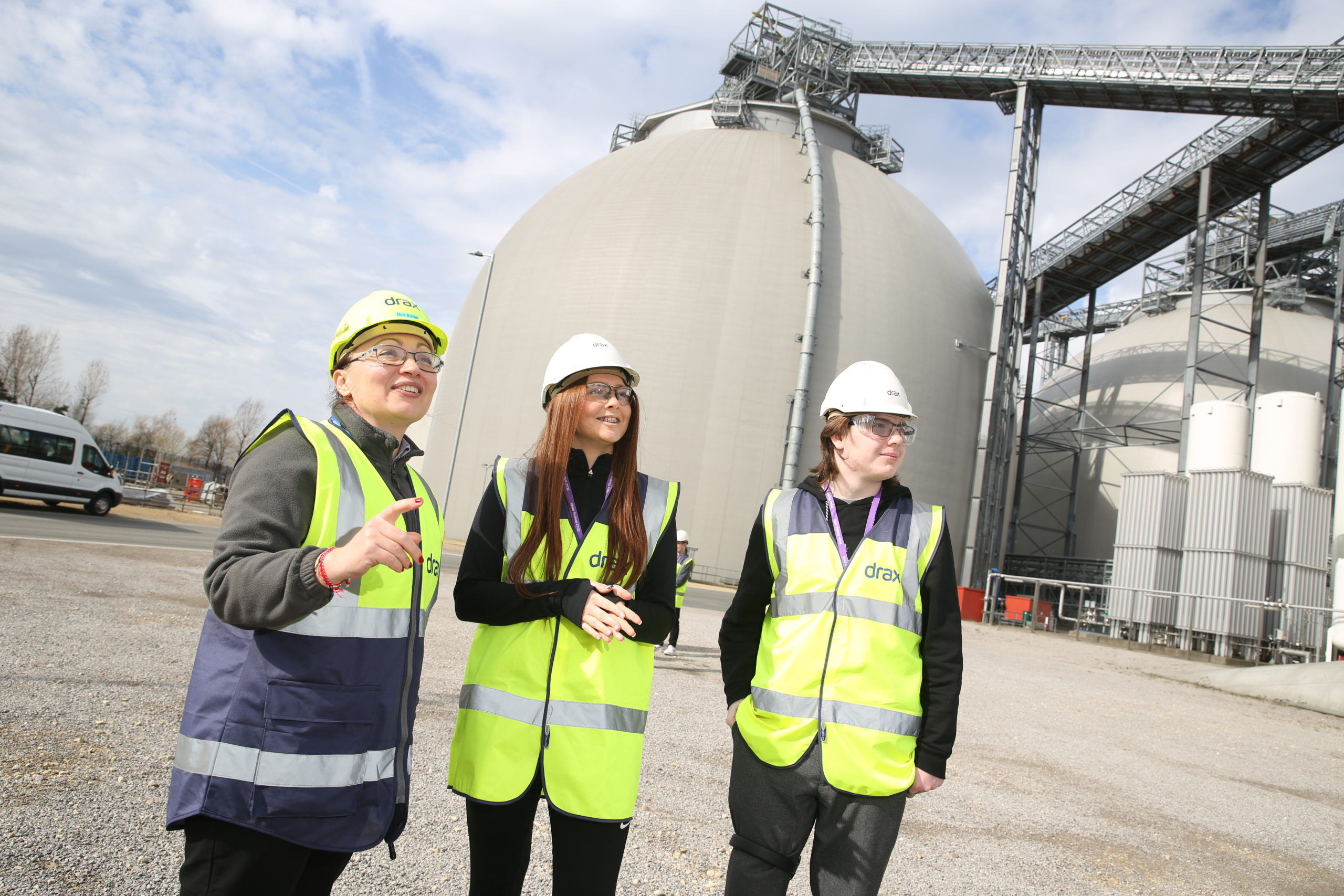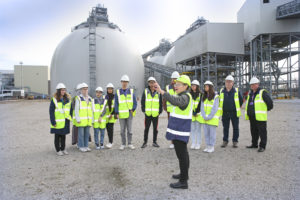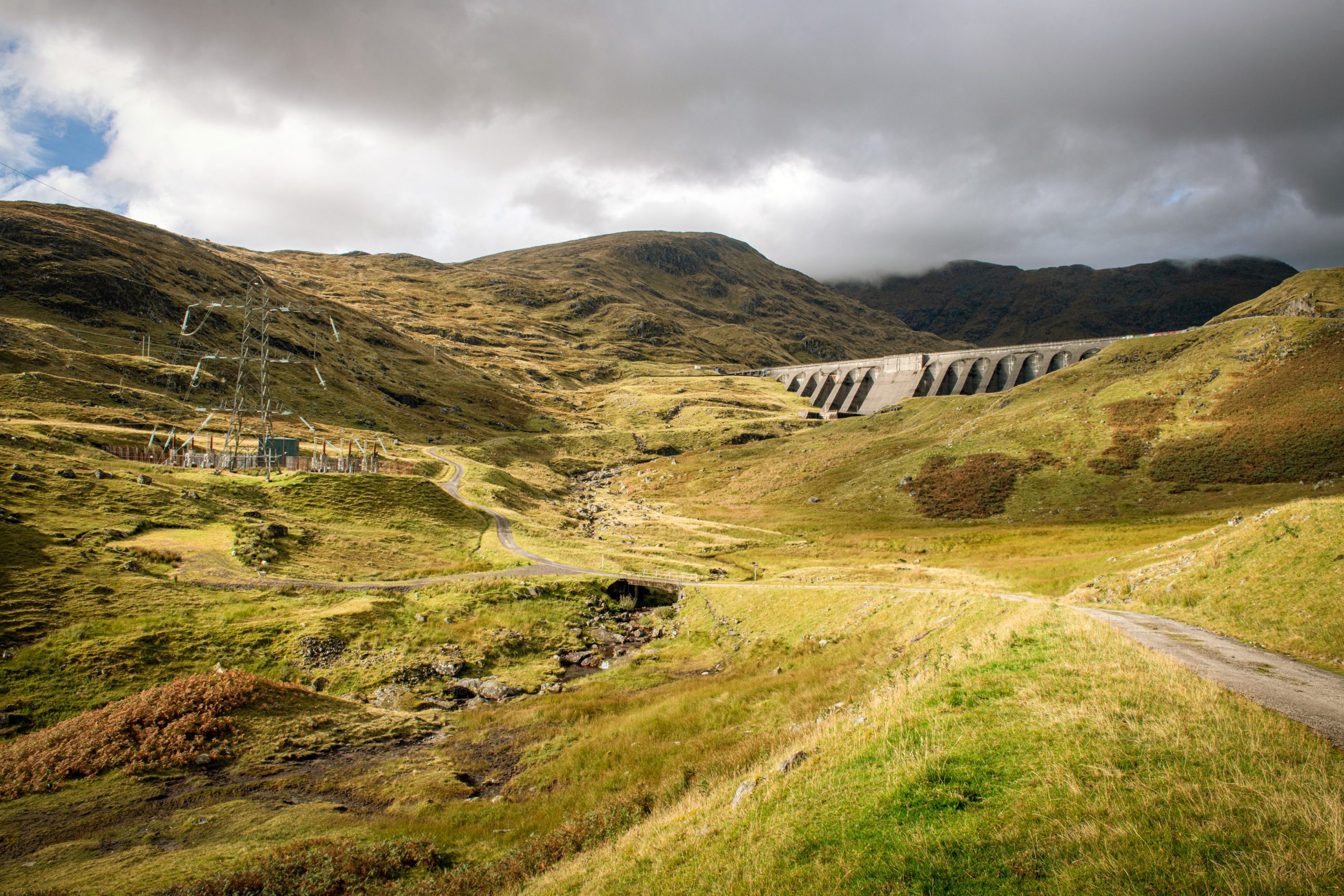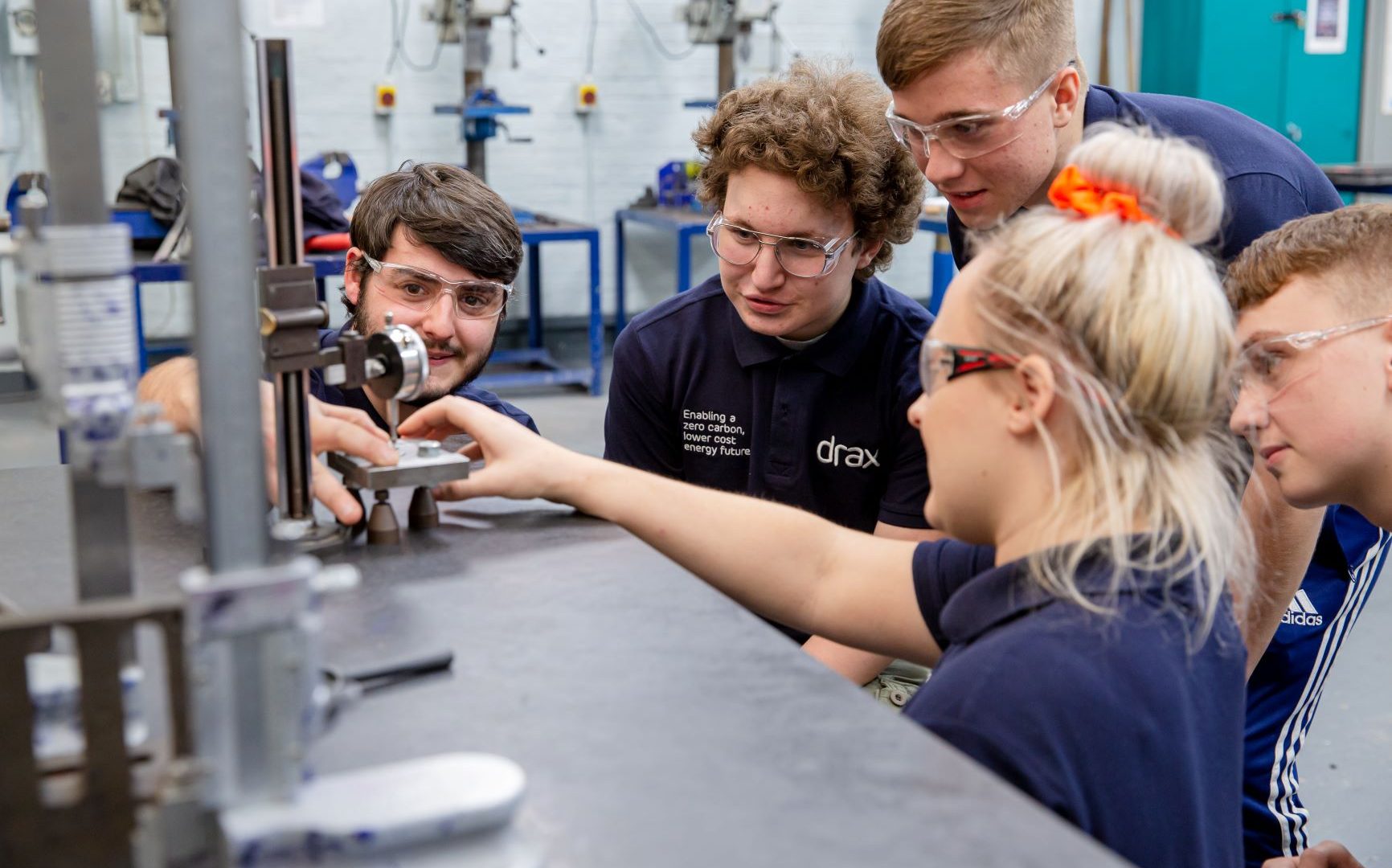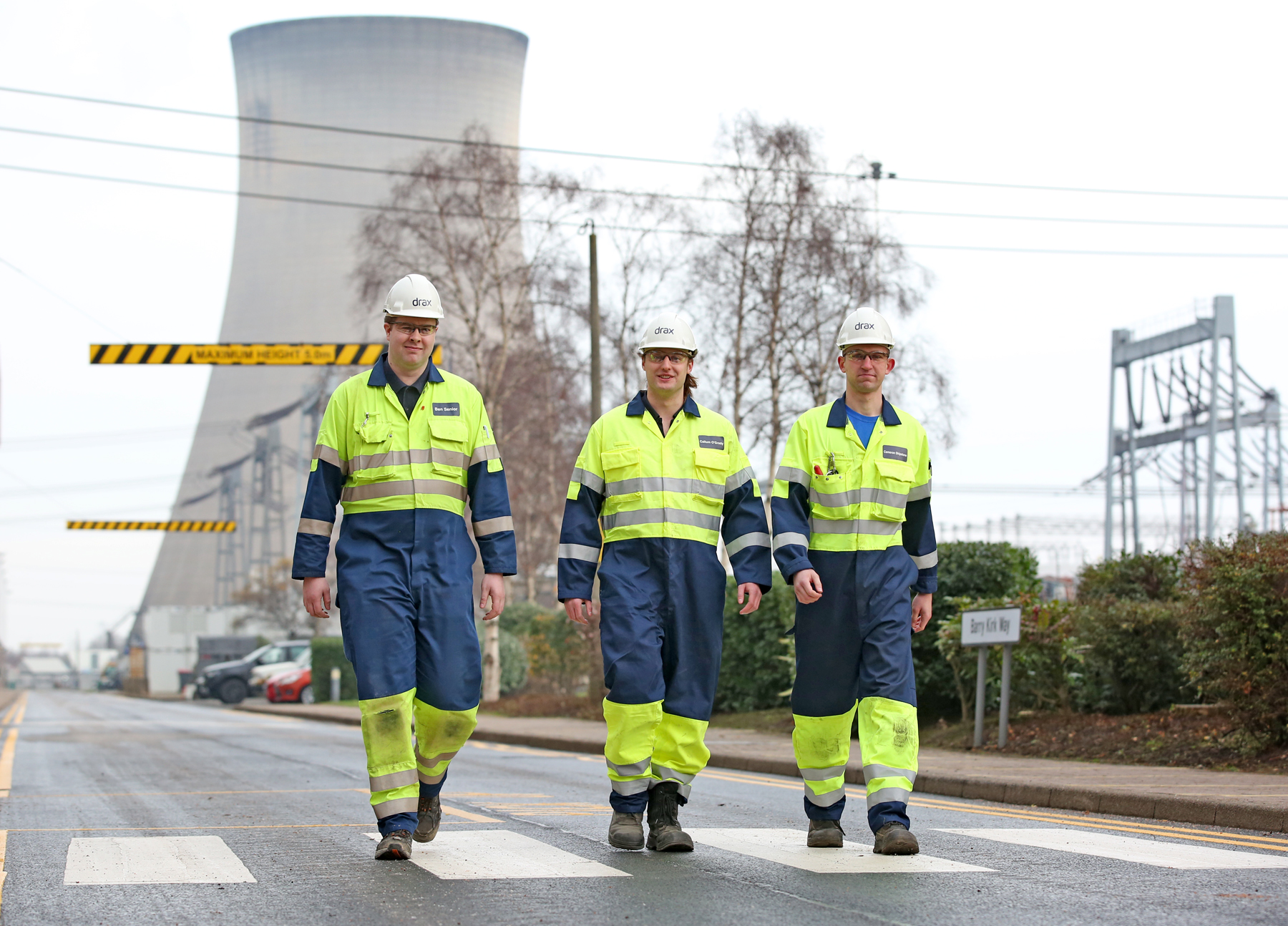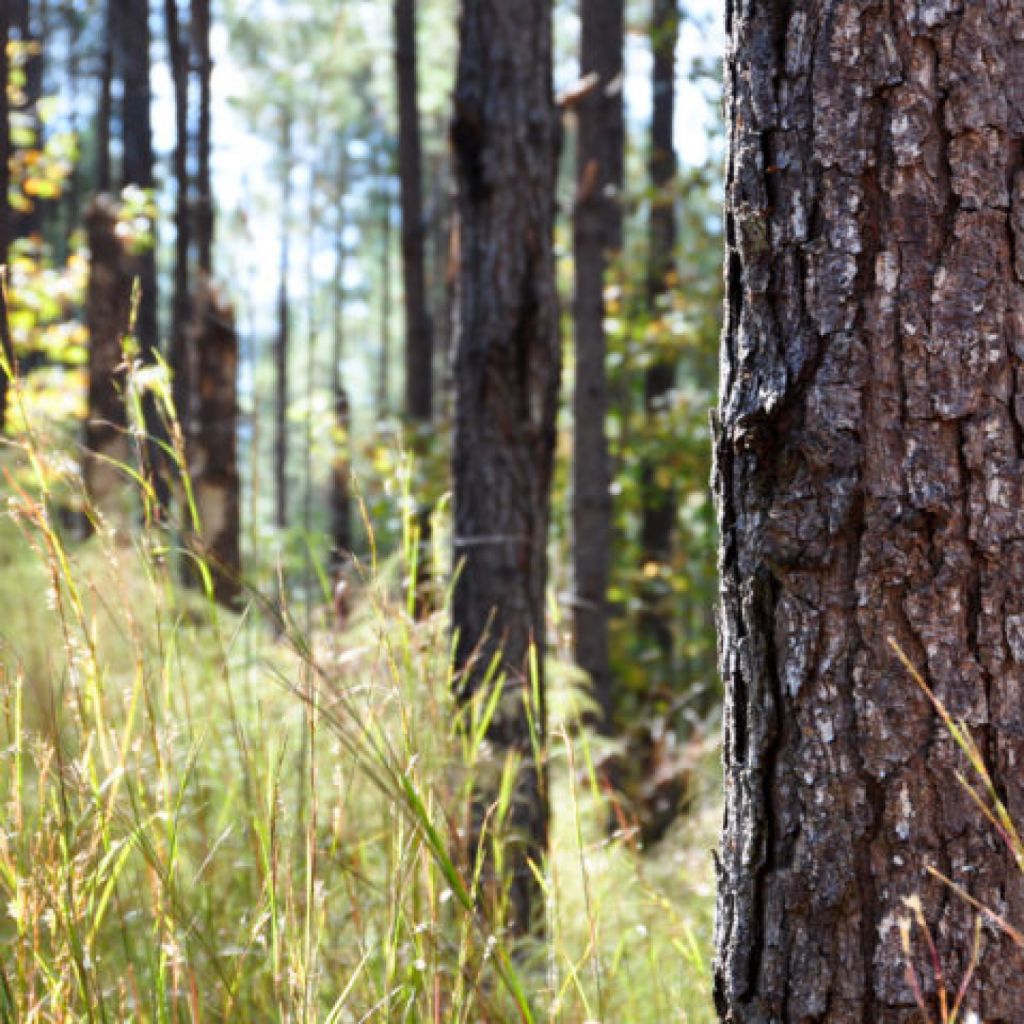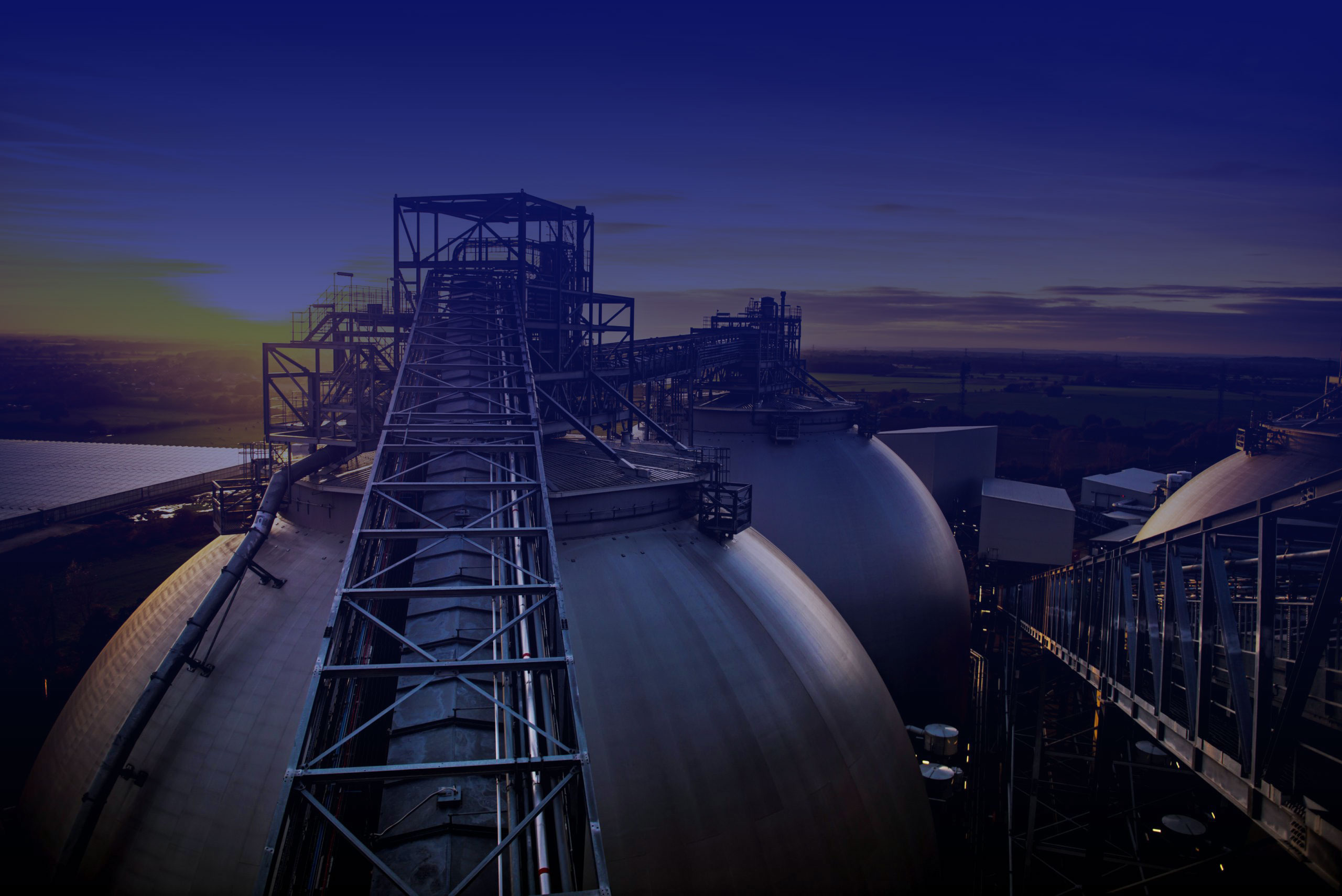
- Business events are being held in Yorkshire & the Humber and the North East to give local companies more information about how they can win contracts to help Drax deliver its multi-billion-pound bioenergy with carbon capture and storage (BECCS) project at Drax Power Station.
- Drax is aiming to source 80% of construction materials and services for its BECCS project from British businesses.
- The project will also create 10,000 jobs across the region during construction, developing green skills and helping to level up the North.
Renewable energy company Drax is teaming up with Worley, its engineering, procurement and construction partner, the UK’s leading UK energy sector business development organisation NOF, and the West & North Yorkshire and Hull & Humber Chambers of Commerce to deliver a series of events that will provide British businesses with further information about how they could win hundreds of millions of pounds worth of contracts to deliver its vital carbon removal technology, bioenergy with carbon capture and storage (BECCS).
The events will be held in Yorkshire & The Humber and the North East, in May and follow the success of an initial supplier event, held virtually in September 2021, when around 400 UK businesses attended.
Drax has previously said that it aims to source 80% of construction materials and services from British firms and build a robust UK supply chain for BECCS, ahead of construction getting underway as soon as 2024, with the creation of around 10,000 jobs.
Graham Backhouse, Drax’s Commercial Director for the BECCS project, said:
“We want to put British businesses at the heart of our plans to deliver BECCS, allowing them to benefit from hundreds of millions of pounds worth of new contracts.
“Negative emissions technologies like BECCS will play a vital role in enabling the UK to reach its net zero goals, as well as creating exciting opportunities for Britain to lead the world in a vital technology, creating a new sector of the economy, as well as export opportunities.
“Our programme of events is a great opportunity for businesses to get involved and learn more about the project – we encourage companies of all sizes across the region to come along and find out more about how they might benefit from the contracts available.”
Bradley Andrews, President at Worley, said:
“We’re supporting the investment and scale up of the UK supply chain to maximise local business participation working alongside Drax, NOF and Worley’s e-procurement partner, Requis.
“Requis provides a digitally enabled platform where qualified suppliers can register their materials and services in line with what’s required for the project scope, driving opportunity for the UK supply market.”
Joanne Leng MBE, Chief Executive at NOF, said:
“NOF has now delivered a significant number of supplier engagement activities on behalf of major clients in the energy industry.
“We are now working on the BECCS project with Drax and Worley who have both demonstrated a strong commitment to working with the local and wider UK supply chain and through NOF’s support they aim to ensure that as much UK content as possible is included in this project. The domestic supply chain is innovative, capable and competitive, it is world class so let’s utilise this experience and expertise on the project.”
Drax has a proven track record in delivering ambitious and pioneering infrastructure projects – the conversion of its power station in North Yorkshire to use sustainable biomass has enabled it to become the UK’s largest single site renewable generator, supporting more than 6,600 jobs throughout its supply chains across the North, whilst reducing its emissions by over 95% and paving the way for the deployment of BECCS.
Drax aims to deliver the world’s largest carbon capture in power project this decade, making a signification contribution to the UK’s decarbonisation targets.
Businesses can find out more about Drax’s plans and how to register with Requis to attend the nationwide supplier event series by visiting this link.
ENDS
Media contacts:
Ben Wicks
Media Manager
E: [email protected]
T: 07762 525 661
Editor’s Notes
- The Humber event will be held at The Double by Hilton on Tuesday 17th May from 10:00 – 15:00.
- The North East event will be held at Wynyard Hall on Wednesday 18th May from 10:00 – 15:00.
- Businesses looking to register for either event can do so via this link.
- 80% domestic supply chain figure includes materials and services to be used within the construction for Drax’s BECCS project, however, this does not include the carbon capture technology to be delivered by Drax’s technology partner Mitsubishi Heavy Industries.
- Leading climate scientists at the UN’s IPCC and UK Climate Change Committee have said that the world cannot address the climate crisis without negative emissions from technologies like BECCS, which permanently remove carbon dioxide from the atmosphere.
- Work to build BECCS at Drax could get underway as soon as 2024, with the creation of thousands of jobs.
- Subject to the right regulatory support, the first BECCS unit could be operational in 2027, with the second commissioned in 2030, enabling Drax to achieve its world-leading ambition to be a carbon negative company by 2030.
- Analysis by Baringa shows BECCS at Drax will save the UK £13bn in achieving the government’s legally binding fifth Carbon Budget.
About Drax
Drax Group’s purpose is to enable a zero carbon, lower cost energy future and in 2019 announced a world-leading ambition to be carbon negative by 2030, using Bioenergy with Carbon Capture and Storage (BECCS) technology.
Drax’s around 3,000 employees operate across three principal areas of activity – electricity generation, electricity sales to business customers and compressed wood pellet production and supply to third parties. For more information visit www.drax.com
Power generation:
Drax owns and operates a portfolio of renewable electricity generation assets in England and Scotland. The assets include the UK’s largest power station, based at Selby, North Yorkshire, which supplies five percent of the country’s electricity needs.
Having converted Drax Power Station to use sustainable biomass instead of coal it has become the UK’s biggest renewable power generator and the largest decarbonisation project in Europe. It is also where Drax is piloting the groundbreaking negative emissions technology BECCS within its CCUS (Carbon Capture Utilisation and Storage) Incubation Area.
Its pumped storage, hydro and energy from waste assets in Scotland include Cruachan Power Station – a flexible pumped storage facility within the hollowed-out mountain Ben Cruachan.
The Group also aims to build on its BECCS innovation at Drax Power Station with a target to deliver 4Mt of negative CO2 emissions each year from new-build BECCS outside of the UK by 2030 and is currently developing models for North American and European markets.
Pellet production and supply:
The Group has 17 operational pellet plants and developments with nameplate capacity of 4.6Mt, which will increase to c.5Mt once developments are complete.
Drax is targeting 8Mt of production capacity by 2030, which will require the development of over 3Mt of new biomass pellet production capacity. The pellets are produced using materials sourced from sustainably managed working forests and are supplied to third party customers in Europe and Asia for the generation of renewable power.
Drax’s pellet mills supply around 30% of the biomass used at its own power station in North Yorkshire, England to generate flexible, renewable power for the UK’s homes and businesses.
Customers:
Drax is the largest supplier of renewable electricity to UK businesses, supplying 100% renewable electricity as standard to more than 370,000 sites through Drax and Opus Energy.
It offers a range of energy-related services including energy optimisation, as well as electric vehicle strategy and management.
To find out more go to the website www.energy.drax.com




